- Products
- Services
- Markets
- About
-
 English US
English US
 English US
English US
Chemical Formula: U, UO2(CO3)3, UO2
Present as: anion, cation
Uranium is a chemical element with symbol U and atomic number 92. It is a silvery-white metal in the actinide series of the periodic table. A uranium atom has 92 protons and 92 electrons, of which 6 are valence electrons. Uranium is weakly radioactive because all its isotopes are unstable (with half-lives of the six naturally known isotopes, uranium-233 to uranium-238, varying between 69 years and 4.5 billion years). The most common isotopes in natural uranium are uranium-238 (which has 146 neutrons and accounts for over 99%) and uranium-235 (which has 143 neutrons). Uranium has the highest atomic weight of the primordially occurring elements. Its density is about 70% higher than that of lead, and slightly lower than that of gold or tungsten.
It occurs naturally in low concentrations of a few parts per million in soil, rock and water, and is commercially extracted from uranium-bearing minerals such as uraninite.
In nature, uranium is found as uranium-238 (99.2739–99.2752%), uranium-235 (0.7198–0.7202%), and a very small amount of uranium-234 (0.0050–0.0059%). Although U238 is almost stable, U235 is significantly radioactive and also fissile (can support chain reactions). Uranium decays slowly by emitting an alpha particle. The half-life of uranium-238 is about 4.47 billion years and that of uranium-235 is 704 million years, making them useful in dating the age of the Earth.
Uranium in potable waters is readily removed by a variety of strong base anion resins. Although anion resins are considered the best available technology for small systems, their use is complicated by limitations on disposal of wastes that contain uranium residuals.
Uranium can be removed from acidic mining wastes by a variety of strong acid cation resins.
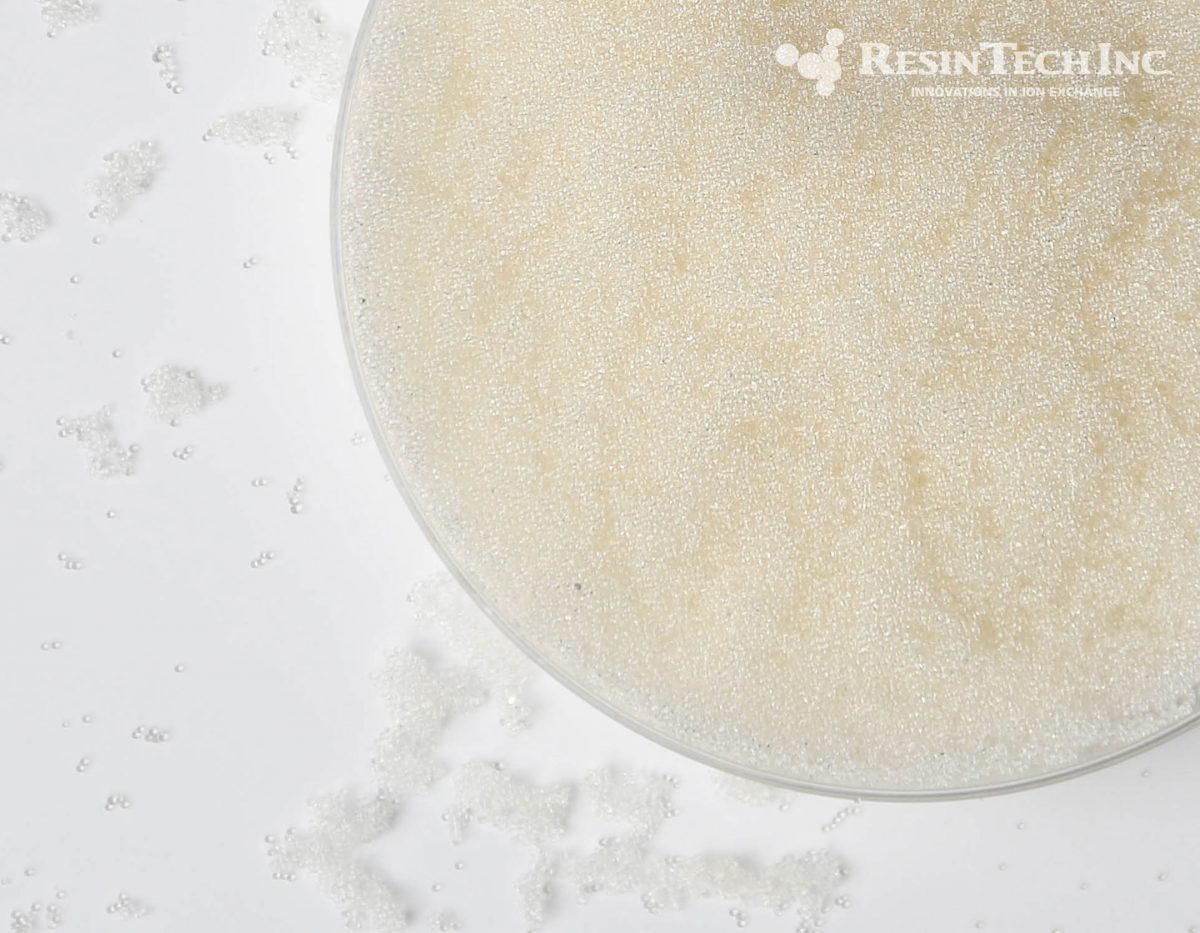
| Media Sub Category |
Strong Base Anion |
| Polymer Matrix |
Styrenic Gel |
| Ionic Form |
Chloride |
| Applications: | |
|
- Trace Contaminants (U, Cr, As, Se, F, ClO₄, ClO₃) |
|
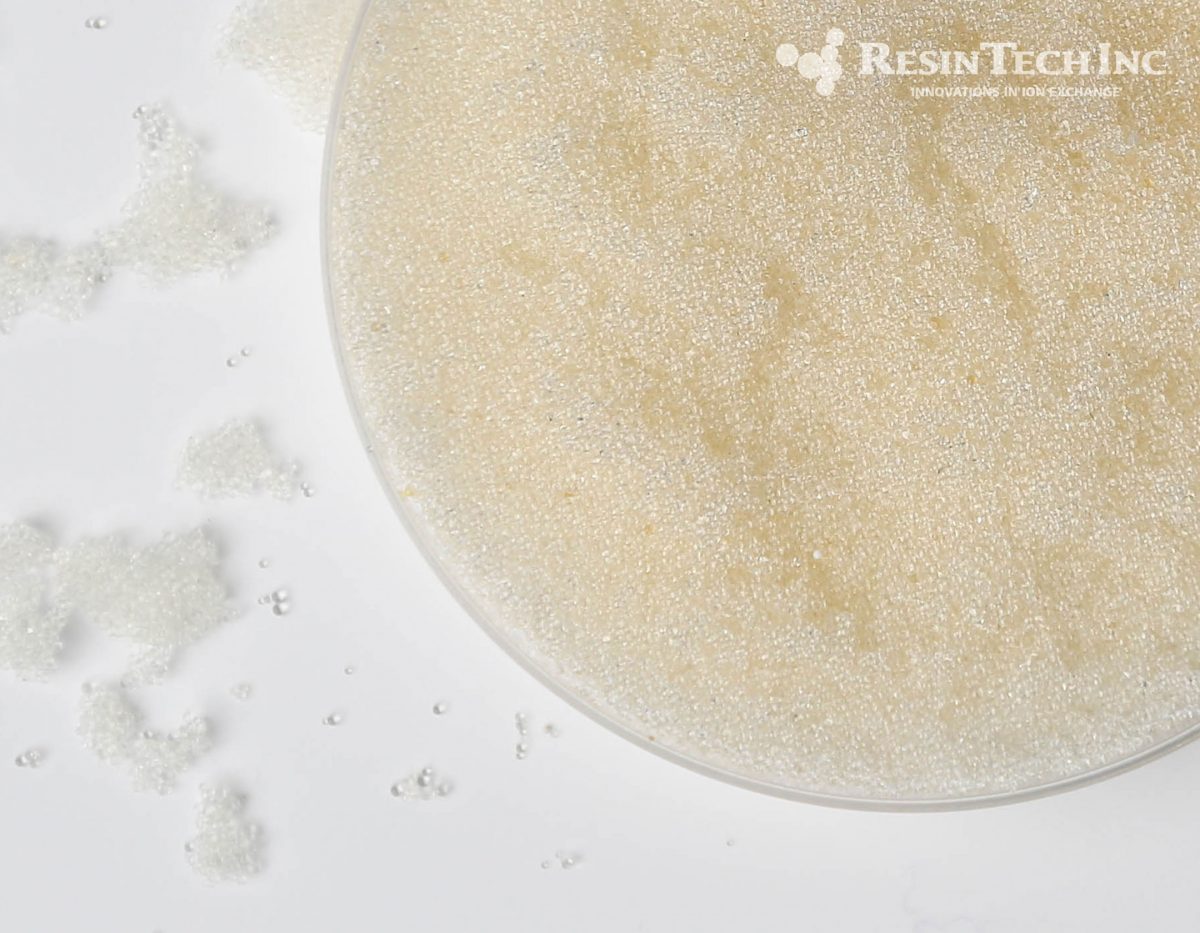
| Media Sub Category |
Strong Base Anion |
| Polymer Matrix |
Styrenic Gel |
| Ionic Form |
Chloride |
| Applications: | |
|
- Potable water |
|
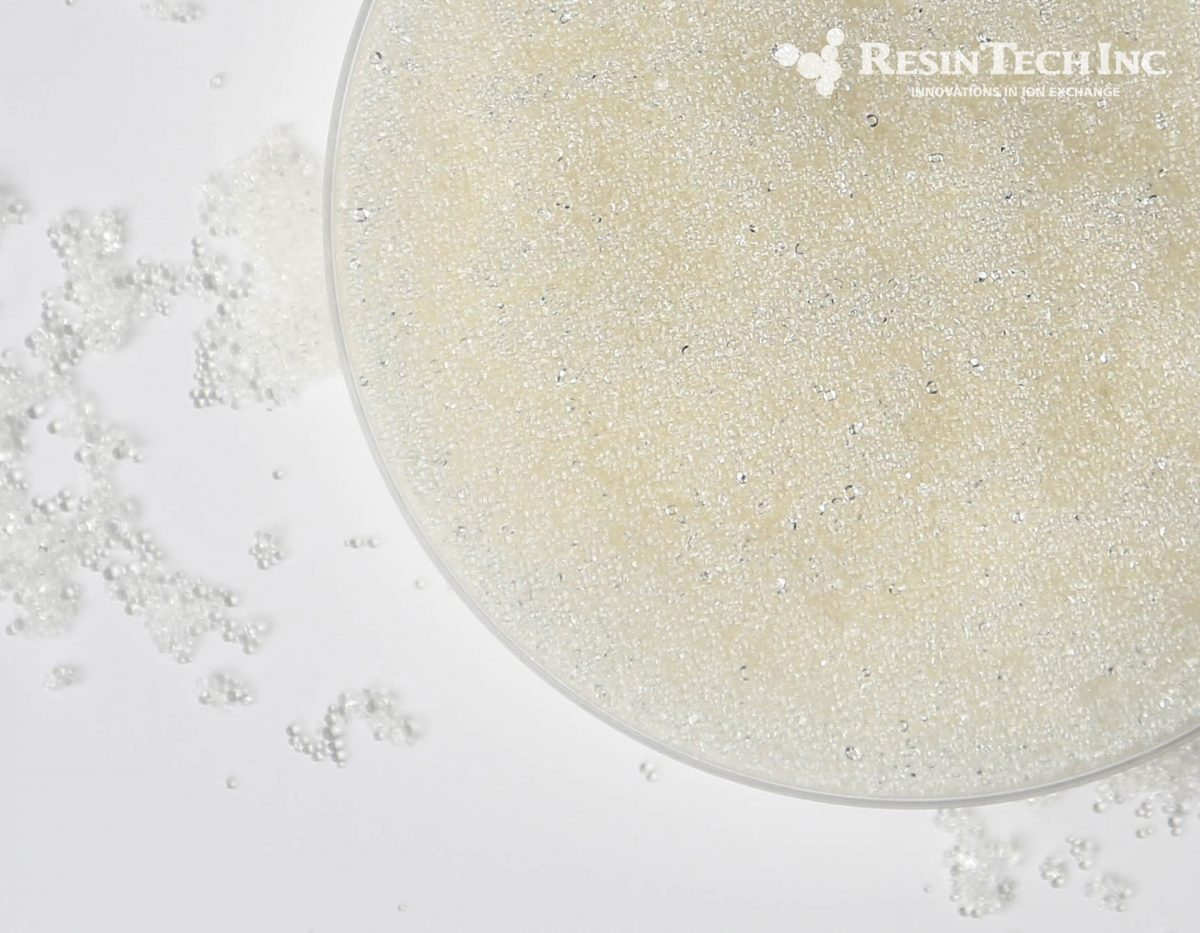
| Media Sub Category |
Strong Base Anion |
| Polymer Matrix |
Styrenic Porous Gel |
| Ionic Form |
Chloride |
| Applications: | |
|
- Demineralization |
|
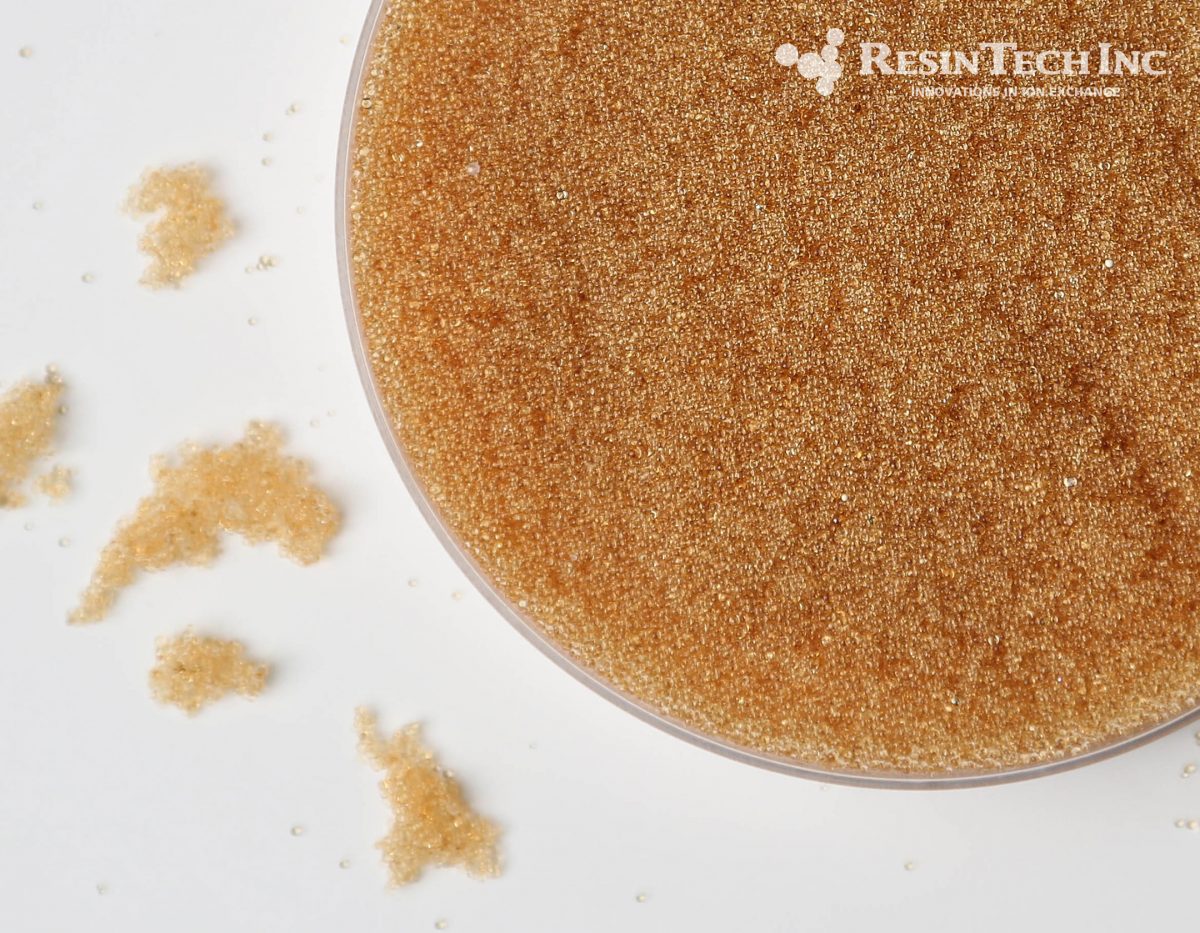
| Media Sub Category |
Strong Acid Cation |
| Polymer Matrix |
Styrenic Gel |
| Ionic Form |
Hydrogen |
| Applications: | |
|
- Demineralization |
|
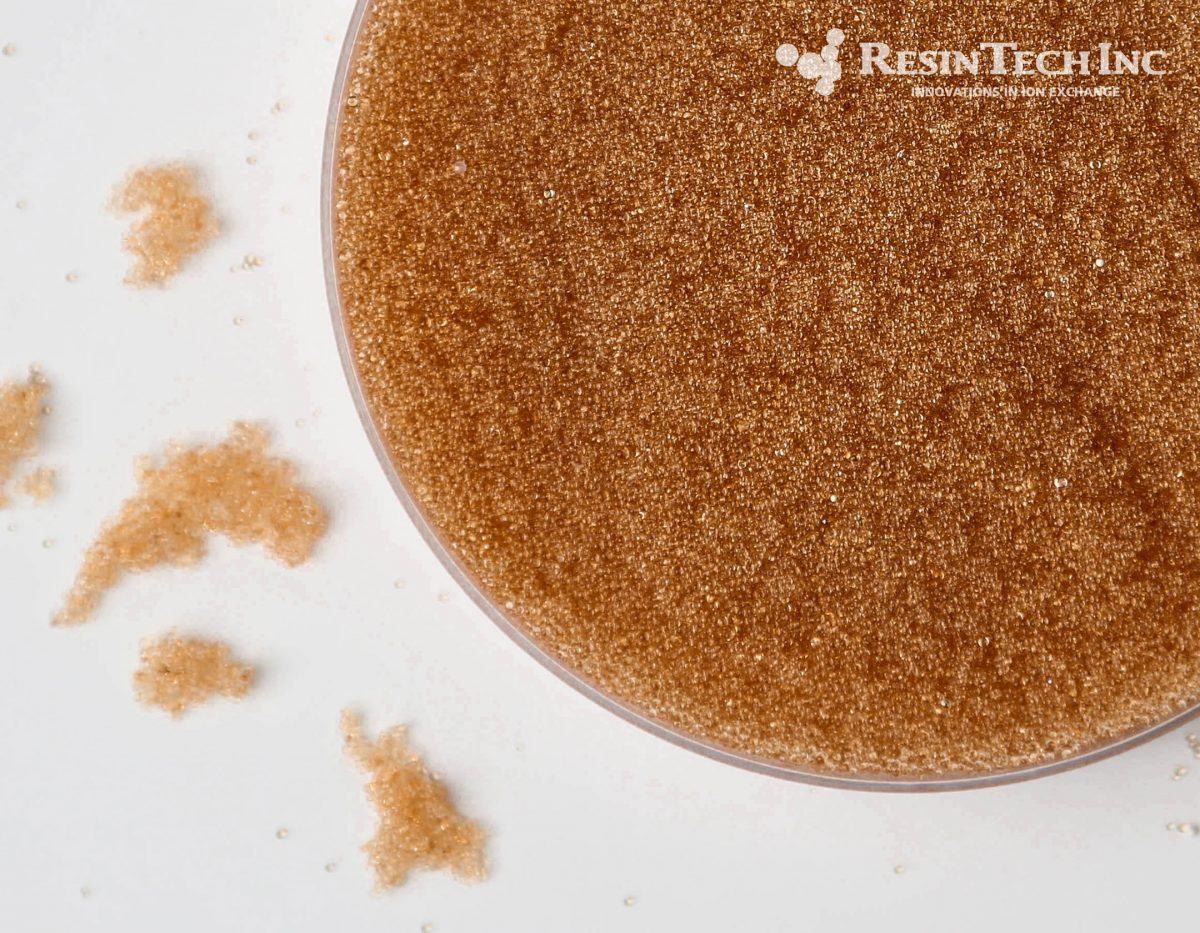
| Media Sub Category |
Strong Acid Cation |
| Polymer Matrix |
Styrenic Gel |
| Ionic Form |
Hydrogen |
| Applications: | |
|
- Demineralization |
|
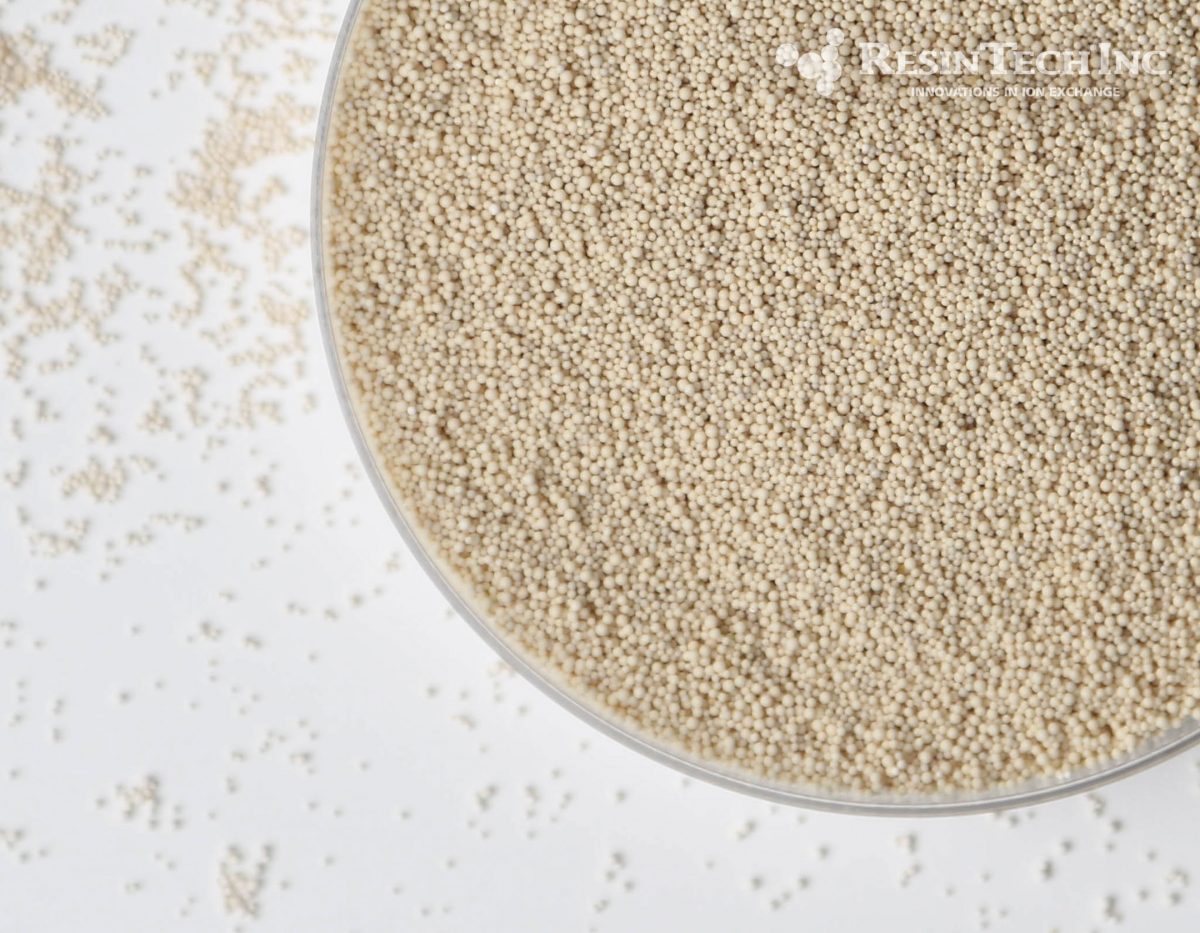
| Media Sub Category |
Strong Acid Cation |
| Polymer Matrix |
Styrenic Macroporous |
| Ionic Form |
Hydrogen |
| Applications: | |
|
- Demineralization |
|
Need a little help deciding what to do next?
Reach out to us using the link below.
Tel: 856-768-9600
Fax: 856-768-9601
©2024 ResinTech, Inc.